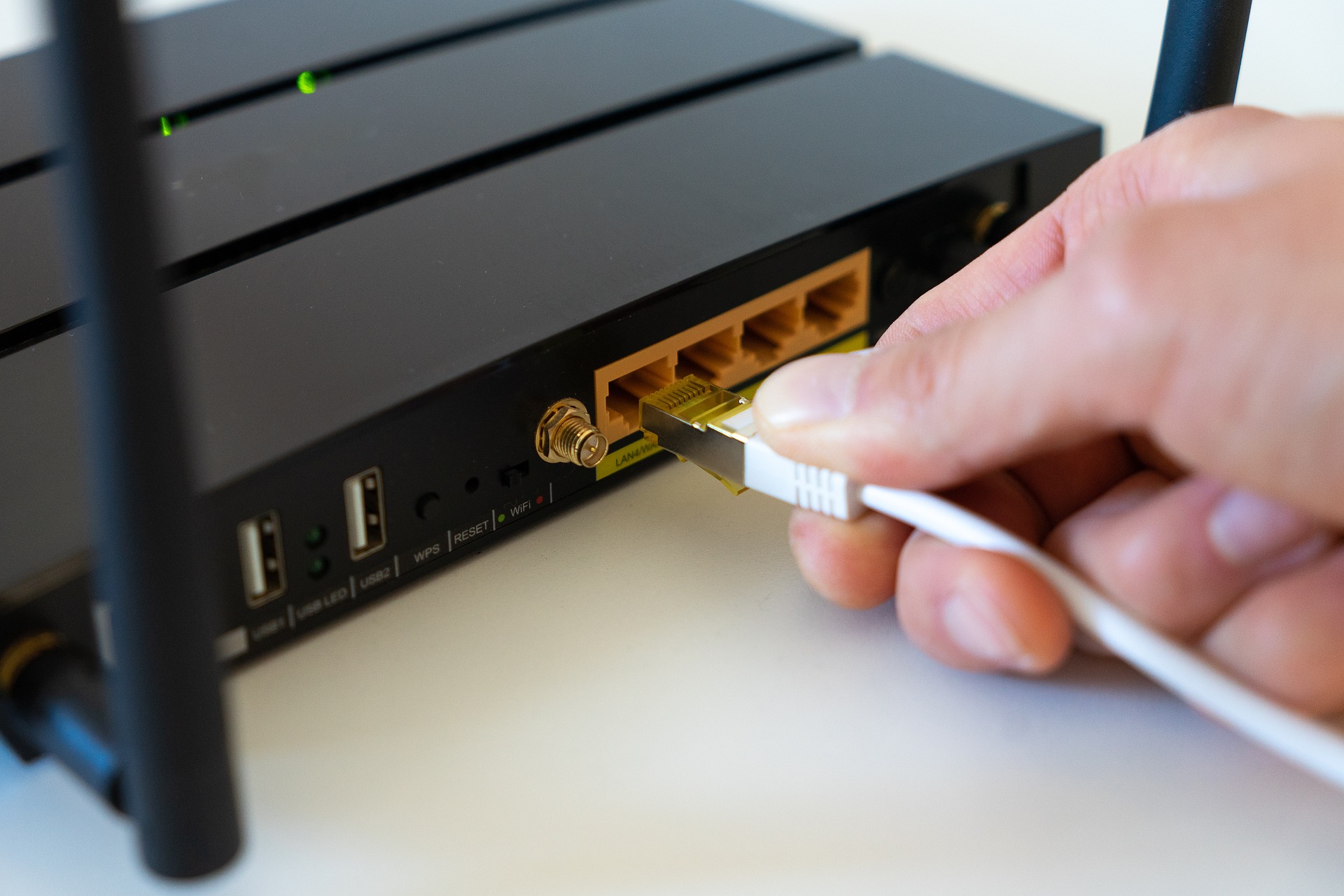Advancements in Internet Protocol Version 6 (IPv6): A Closer Look at Its Development and Impact
Introduction: With an ever-expanding digital universe, the need for more address space has never been more critical. This is where Internet Protocol Version 6 (IPv6) comes into play, offering a promising solution to the limitations of its predecessor, IPv4. But how exactly does IPv6 revolutionize our internet connectivity? Let's delve into this intriguing topic.
The Emergence of Internet Protocol Version 6 (IPv6)
In the early days of the internet, Internet Protocol Version 4 (IPv4) was sufficient to accommodate the relatively small number of users. However, as the digital population surged, it became apparent that a new protocol was needed to ensure continued internet expansion. This led to the development and implementation of Internet Protocol Version 6 (IPv6) in the late 1990s.
IPv6 was designed to address the limitations of IPv4, most notably its limited address space. With approximately 4.3 billion IPv4 addresses, it seemed unimaginable at the time that this quota could ever be exhausted. However, today’s digital landscape paints a different picture, with the rapid rise of smart devices and the explosion of the Internet of Things (IoT).
Current Trends in IPv6 Implementation
Despite its potential, IPv6 adoption has been somewhat slow, largely due to the costs and complexities associated with transitioning from IPv4. However, with IPv4 addresses now exhausted in many regions, the shift towards IPv6 is gaining momentum.
Regulatory bodies and key industry players are increasingly championing IPv6. For instance, many countries have launched initiatives to promote IPv6 transition, and major internet service providers are progressively supporting IPv6 connectivity.
The Impact of IPv6 on Internet Connectivity
IPv6 brings several significant improvements to internet connectivity. First and foremost, it provides an almost inexhaustible pool of IP addresses (340 undecillion, to be exact), ensuring we won’t run out of unique identifiers for our devices anytime soon.
Moreover, IPv6 introduces features such as stateless autoconfiguration and enhanced security protocols, simplifying network configuration and improving data protection. It also supports more efficient routing and packet processing, leading to potentially faster and more reliable internet connections.
Challenges and Practical Applications of IPv6
Despite its benefits, transitioning to IPv6 presents several challenges. These range from the technical difficulties of upgrading network infrastructure to the need for retraining and developing new operational practices.
Yet, the practical applications of IPv6 are vast and cannot be ignored. With its abundant address space, IPv6 can facilitate the growth of IoT, smart cities, and other innovative technologies that require large numbers of unique IP addresses.
Concluding Thoughts on IPv6
With the digital universe continuing to expand at an unprecedented rate, the transition to IPv6 is not just a desirable move but a necessity. While challenges remain, the benefits of IPv6 — from its virtually unlimited address space to enhanced security and efficiency — make it a compelling solution for our ever-evolving digital world.
As we navigate the complexities of this transition, it is crucial that we keep abreast of developments and remain proactive in ensuring that our network infrastructures are future-ready.





